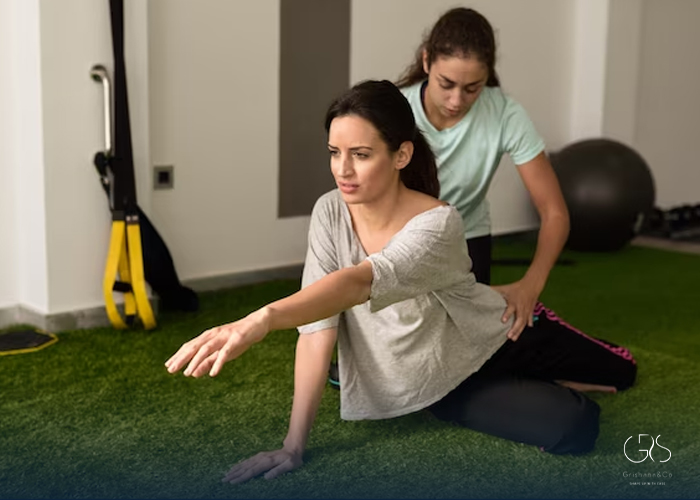Pilates, a popular exercise regimen, has gained significant popularity worldwide in recent years. Created by the German-born Joseph Pilates in the early 20th century, this unique form of exercise aims to strengthen the body’s core muscles while improving flexibility, posture, and overall physical well-being. In this article, we will delve into the essence of Pilates, exploring its benefits, diverse perspectives, and providing relevant statistics to offer a comprehensive overview.
The Basics of Pilates
Pilates primarily focuses on controlled movements and precise execution of exercises, incorporating principles of concentration, control, centering, precision, breathing, and flow. It involves performing a series of exercises on a mat or utilizing specially designed equipment, such as the Reformer or Cadillac.
The core muscles are the central focus of Pilates workouts. By engaging the deep abdominal muscles, lower back, pelvic floor, and glutes, Pilates aims to enhance overall strength, flexibility, and stability. The exercises are designed to elongate and strengthen the body, promoting long, lean muscles and improved posture.
Benefits of Pilates
1.Improved Core Strength: A study published in the Journal of Bodywork and Movement Therapies found that regular Pilates practice significantly increased core strength and muscular endurance among participants.

2.Enhanced Flexibility: Pilates exercises incorporate stretching and dynamic movements, which contribute to improved flexibility. A study published in the Journal of Sports Science & Medicine reported increased hamstring flexibility among participants who engaged in Pilates exercises.

3.Better Posture: Pilates exercises target the muscles responsible for maintaining proper posture, emphasizing spinal alignment and increasing awareness of body positioning. A survey conducted by the American Physical Therapy Association revealed that Pilates training led to improved posture among participants.

4.Rehabilitation and Injury Prevention: Pilates is often utilized in rehabilitation programs due to its low-impact nature and focus on core stability. A study published in the Journal of Orthopaedic & Sports Physical Therapy highlighted the effectiveness of Pilates in reducing pain and improving functional ability among individuals with chronic low back pain.

Diverse Perspectives on Pilates
While Pilates has gained widespread recognition for its numerous benefits, diverse perspectives exist regarding its efficacy and relevance. Some critics argue that the effectiveness of Pilates exercises depends on instructor qualifications and proper execution of movements. They emphasize the need for comprehensive training and regulation among Pilates instructors to ensure accurate guidance for participants.
Additionally, some individuals may have different preferences when it comes to exercise. While Pilates offers a balanced approach to strength, flexibility, and core training, it may not suit everyone’s fitness goals or preferences. It is always advisable to consult a healthcare professional before starting any new exercise program.
Conclusion
Pilates provides a holistic approach to physical fitness, focusing on core strength, flexibility, and posture improvement. With its numerous benefits, including improved core strength, enhanced flexibility, better posture, and rehabilitation capabilities, Pilates has earned its reputation as a popular exercise regimen. However, it is important to consider diverse perspectives and individual preferences when evaluating its efficacy.
When engaging in Pilates or any form of exercise, it is essential to receive proper guidance and instruction from qualified professionals. Always consult with healthcare practitioners before beginning any new fitness routine to ensure its suitability for your unique needs and goals.
